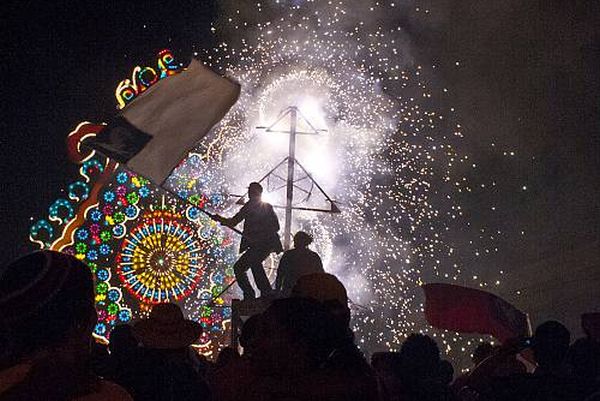
The festivity of Las Parrandas held in the center of Cuba is the fourth cultural manifestation of the island included in the UNESCO list
Held for the first time in 1820 in the town of Remedios, the Festivity of Las Parrandas is now celebrated by eighteen communities in the centre of Cuba, mostly taking place towards the final months of the year.
The Parrandas is a cultural competition between the two neighbourhoods or parties into which each town is divided, with ‘spies’ attempting to spoil the surprise of the opposing neighbourhood on the night of the festivity.
The two parties work all year long to prepare for the competition, which takes place on the night of the Festivity of Las Parrandas. The festivities involve a wide range of expressions, including: the design and construction of replicas and monuments, floats and costumes; songs and dances; fireworks; and decorations such as lamps, lanterns, banners and emblems allegoric to each neighbourhood.
Everyone in the eighteen communities, regardless of their social class, gender, age, religion, profession or background, is involved in the festivities, and the monuments, replicas of monuments and floats constitute a spectacular display of the imagination and creativity of the groups, who recreate and re-enact stories using lights, colours and shapes.
Traditional knowledge and skills related to the element are constantly combined with new elements, meaning that Las Parrandas are always traditional and contemporary at the same time.
(Taken from https://ich.unesco.org/en)
 Escambray ENGLISH EDITION
Escambray ENGLISH EDITION





Escambray reserves the right to publish comments.